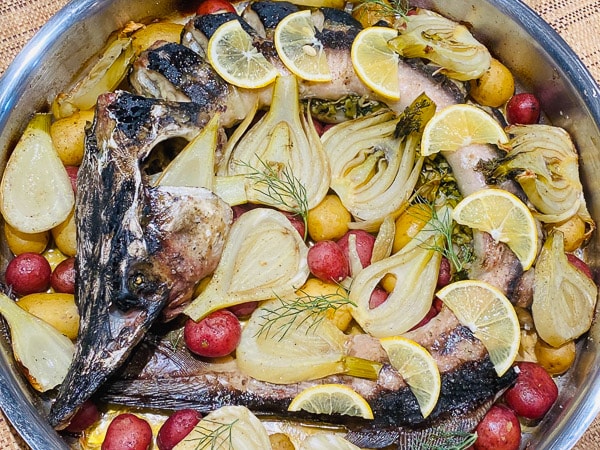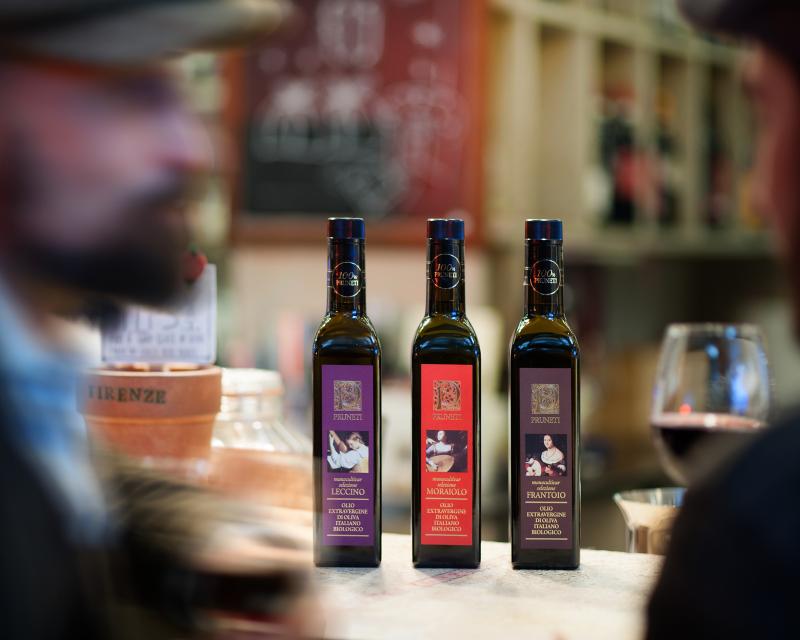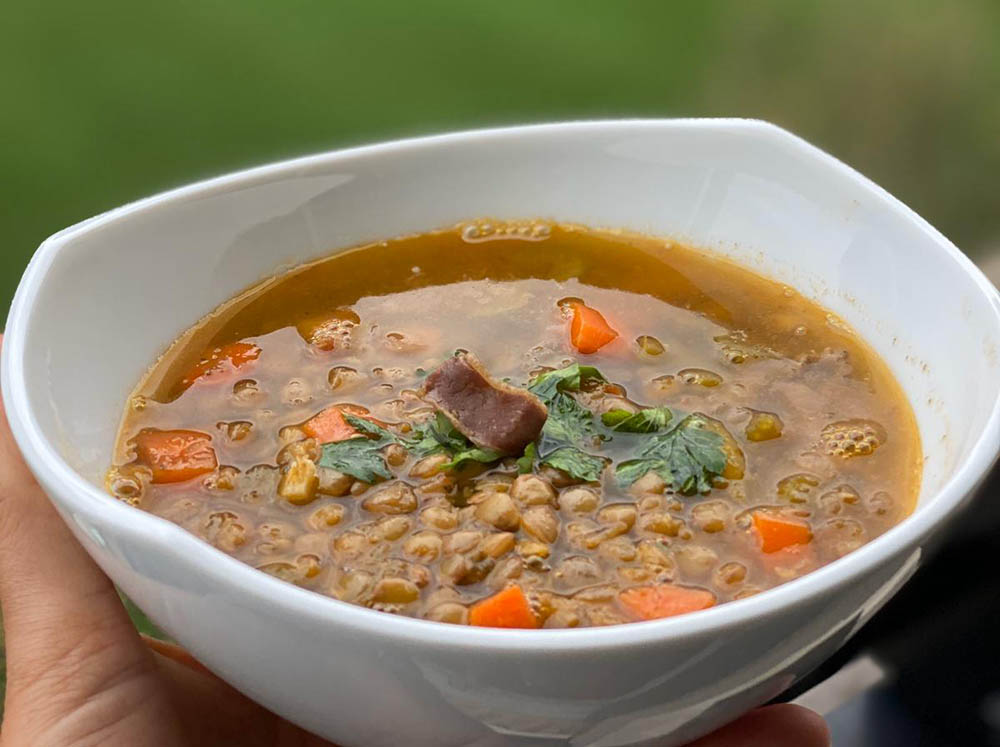Marmalades: A Comprehensive Guide to This Delicious Spread
What is marmalade? Many people have asked this question over the years, and there is no simple answer. In general, marmalades are a type of spread that is made from fruit and sugar. However, there are many different types of marmalades, each with its unique flavor profile. In this comprehensive guide to marmalades, we will explore everything you need to know about this delicious spread!
What are Marmalades?
Marmalades are fruit preserves that typically contain citrus fruits. The term "marmalade," according to popular belief, derives from the Portuguese word for quince, marmelo. Quince was originally used to make marmalades, but other citrus fruits are now more commonly used. Marmalades are made by boiling fruit with sugar and water to create a thick, sweet preserve.
Marmalades can be made with any type of citrus fruit, but oranges are the most common. To make orange marmalade, the fruit is first peeled and then boiled with sugar and water until it becomes thick and syrupy. The peel is often left in for added flavor and texture.
History and Origin of Marmalade
The Portuguese term marmelada, which means "a quince jam," is where the name "marmalade" originates. Marmalade was first made in the 14th century, and became popular in Great Britain in the 17th century. Quince marmalade was particularly popular, as quinces are very bitter and need a lot of sugar to make them palatable.
Marmalade and other varieties of citrus fruit preserve date back to ancient Greece and Rome. Marmalade-making was an excellent method to use and preserve citrus fruits, but it didn't become well-known in Britain until the 17th century when they first started to be in considerable supply.
The world has come to consider marmalade as a British specialty since the British discovered that adding chopped orange peel to a combination of oranges and sugar allowed it to set.
Delicious Marmalade Pairings
Marmalade is a delicious spread that is perfect on toast, in sandwiches, and even in cocktails! But what are the best pairings with marmalade? Here are some ideas:
-Marmalade and cream cheese: This classic pairing is delicious on bagels or crackers. The sweetness of the marmalade complements the rich creaminess of the cheese perfectly.
-Marmalade and peanut butter: This may seem like an odd combination, but trust us, it works! The salty peanuts pair perfectly with the sweet marmalade. Toasted or sandwiched would be good options.
-Marmalade and ham: This is a classic flavor combo of marmalade and ham that works well in both sweet and savory dishes. Try it in a sandwich or wrap, or even in a frittata or quiche.
-Marmalade and chocolate: This may sound like an odd combination, but it's actually delicious! The sweetness of the chocolate pairs perfectly with the tartness of the marmalade. Try it in a chocolate cake or brownies.
Types of Flavors and Consistencies of Marmalades
Marmalades come in many different varieties, each with its own unique flavor. The most common type of marmalade is made from citrus fruits, such as oranges, lemons, or grapefruits. Other popular flavors include raspberry, strawberry, and peach. Marmalades can also be made from other fruits, such as apples, pears, or even quince.
When shopping for marmalade, you will notice that there are two main types: jam-like marmalades and gel-like marmalades. Jam-like marmalades are made from fruits that have been cooked down into a thick, chunky mixture. Gel-like marmalades, on the other hand, are made from fruits that have been cooked until they form a thick gel.
Orange Marmalade Cake Recipe
Ingredients:
-One and a half cups of all-purpose flour
-One teaspoon of baking powder
-One cup of sugar
-Zest of two oranges
-Half a cup of vegetable oil
-Four eggs
-Half a cup of orange juice
-One tablespoon of vanilla extract
Ingredients:
- First, make sure to heat your oven to 350 degrees Fahrenheit.
- Next, in a large bowl, combine flour, baking powder, sugar, and orange zest.
- In another bowl, whisk together the oil, eggs, orange juice, and vanilla extract.
- In a separate bowl, the wet ingredients are to be combined
- Then, pour them into the dry mixture and stir until everything is well incorporated.
- Pour the batter into a greased and floured cake pan and bake for 35 to 40 minutes.
- Let the cake cool before serving. Enjoy!
There you have it! Everything you need to know about marmalades. From their history and origin to delicious flavor pairings and recipes, we hope you now have a better understanding of this delicious spread. So the next time you're looking for something new to try, pick up a jar of marmalade and enjoy!






